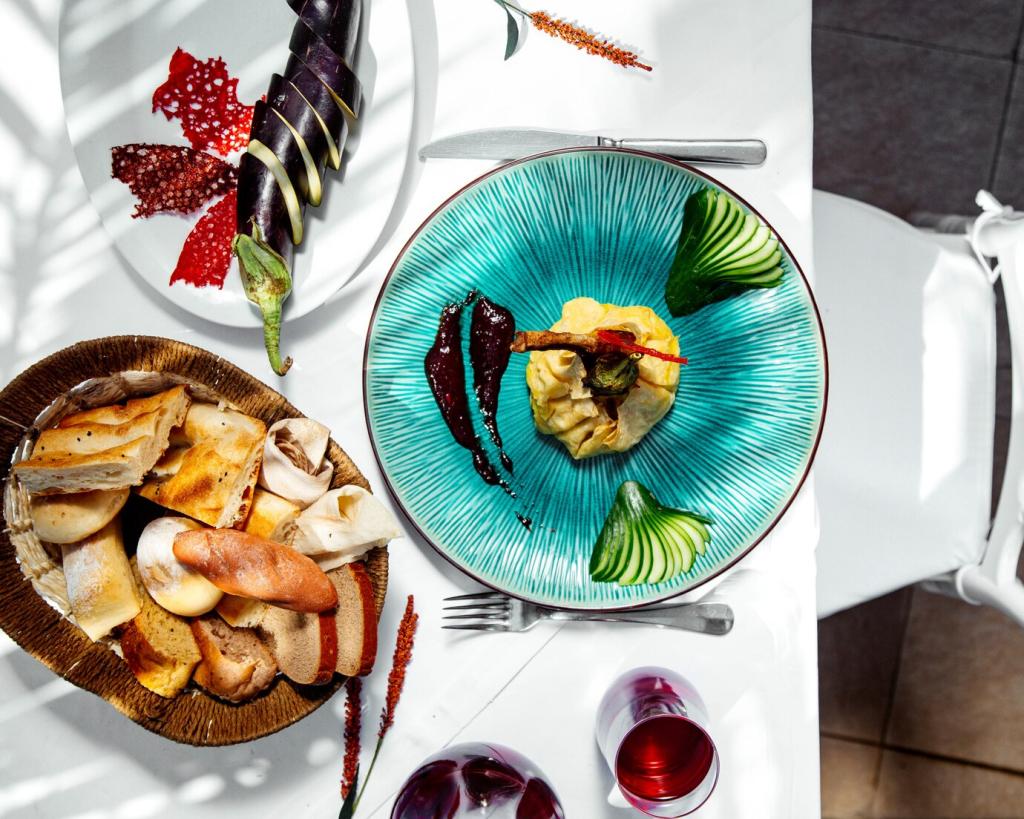Molecular Gastronomy: A Tech-Savvy Approach
Molecular gastronomy stands at the thrilling intersection of science, technology, and the culinary arts, transforming the way we perceive and experience food. This innovative discipline explores the physical and chemical transformations that occur during cooking, leveraging advanced techniques and precise equipment to create surprising textures and flavors. By embracing a tech-savvy approach, chefs and food enthusiasts alike are empowered to experiment, pushing the boundaries of traditional cuisine while delighting the senses in novel ways. Dive into the captivating world of molecular gastronomy and discover how technology is revolutionizing the kitchen.


Physical Chemistry of Cooking
Molecular gastronomy draws from the principles of physical chemistry, dissecting the elements that make food behave the way it does when exposed to heat, cold, pressure, and various other environmental changes. Chefs consider how proteins denature, how emulsions form, and why certain textures emerge based on the manipulation of molecules within the ingredients. This scientific approach leads to a more predictable and sometimes astonishing result in the final dish, allowing for textures and flavors impossible to achieve through traditional means. By understanding these underlying chemical reactions, chefs can deliberately engineer experiences, such as the perfect seared steak or an unexpectedly creamy gel.

The Role of Temperature and Pressure
Temperature and pressure are powerful variables in molecular gastronomy, offering chefs unparalleled control over the transformation of ingredients. With technologies like sous-vide and pressure cooking, cooks can precisely dictate the cooking environment to achieve consistent results at the molecular level. For example, proteins can be cooked to exact doneness, and vegetables can be softened without becoming mushy. Mastery of temperature and pressure extends beyond mere convenience; it opens new possibilities for food preservation, safety, and the architecting of dishes that surprise and captivate diners. The meticulous calibration enabled by such techniques is at the core of molecular gastronomy’s innovation.
High-Tech Tools Revolutionizing Food Preparation
Sous-Vide and Precision Cooking
Sous-vide cooking has redefined what is possible in the kitchen, allowing chefs to prepare food with extraordinary control over texture and taste. By vacuum-sealing ingredients and cooking them in water baths at precise, low temperatures for extended periods, chefs ensure even cooking and perfect doneness. This method is especially transformative for proteins, ensuring juiciness and tenderness that surpass conventional approaches. With the proliferation of affordable sous-vide devices, even home cooks can achieve restaurant-quality results, bridging the gap between amateur and expert, and making cutting-edge cuisine accessible.
Spherification Equipment
Spherification has become a signature technique in molecular gastronomy, producing caviar-like pearls and liquid-filled spheres that offer a playful, surprising dimension to dishes. Using precision droppers, calcium baths, and alginate solutions, chefs can encapsulate liquids with a delicate membrane, delivering intense flavor bursts upon consumption. The technique requires careful control of timing and ingredient ratios, with specialized tools and knowledge to ensure consistent results. Spherification not only delights the palate but also captivates the eyes, transforming the perception and experience of familiar flavors by combining culinary artistry with chemical ingenuity.
Rotary Evaporators and Dehydrators
Technological advances have brought sophisticated laboratory devices, such as rotary evaporators and dehydrators, into the culinary mainstream. Rotary evaporators allow chefs to distill and concentrate volatile compounds, creating powerful essences and extracts that heighten aromas or bring new flavor dimensions. Dehydrators, on the other hand, are used to remove moisture from foods while preserving their integrity and intensifying their taste. These tools enable chefs to manipulate flavors, textures, and presentations in ways that traditional methods cannot, fueling culinary experimentation and greatly expanding the creative palate.
Previous
Next
